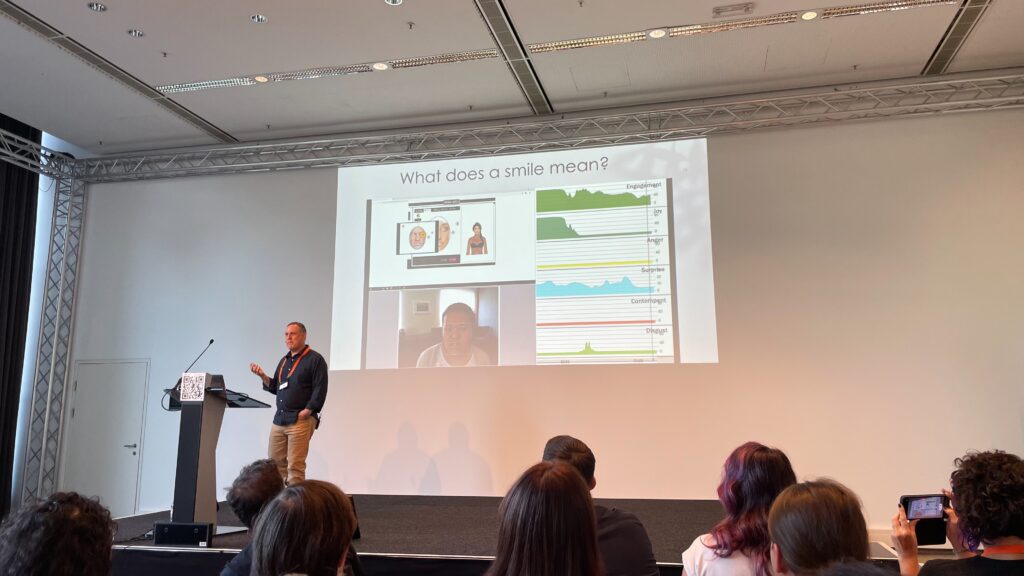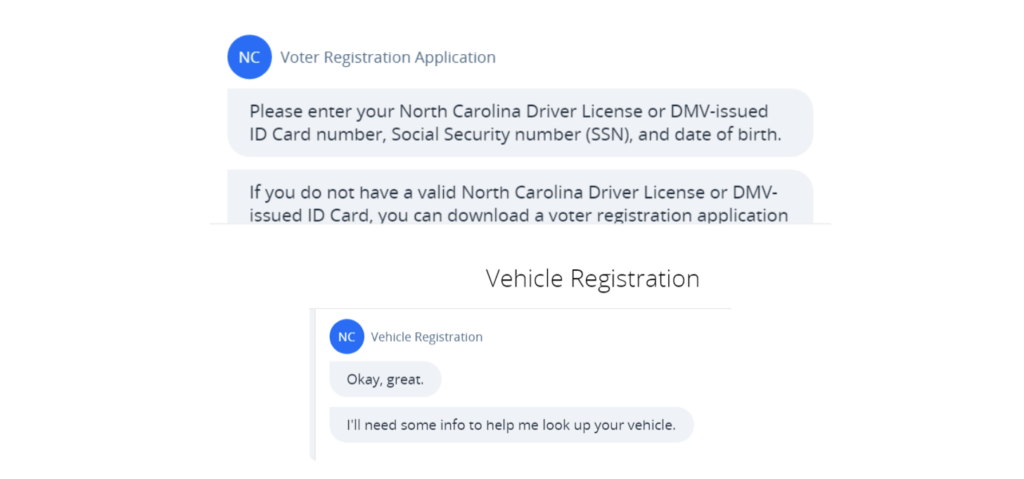For the third task in the Proseminar Master’s Thesis course, we got a task to find and evaluate a master thesis from another/foreign university. For this assignment I chose “Design of the User Interface and User Experience of an Application for Hiring Transportation Services in Real Time” by Omar Santiago Quinapallo Vallejo. I chose this thesis because I am thinking about working with app design for my thesis and it is important to see how other people have already done it.
I really liked that the author started the thesis by explaining the motivation for the work and idea, which is that in Ecuador transportation services are still mainly done by calling or personal contact, which makes it more complicated and time-consuming. The author had clear problem and goals stated.
Level of design
The design was minimalist and clean but some elements were not aligned or highlighted. The author showed a high-fidelity prototype but I couldn’t see the process behind creating it. But what I think is important to note is that the author did user interviews beforehand and was creating a prototype based on what people said they would need/want.
Degree of innovation
The work was concentrated on the human-centered design principles and the thesis proposes solutions to improve transportation services in real-time.
Independence
The thesis shows a high level of independence and the author’s research and design thinking. The author had a lot of statistics, conducted user interviews and user tests, which showed that everything they did had a purpose and used the knowledge for creating the product.
Outline and structure
The thesis is well-organised and has a structured framework. It has a logical flow, and clearly organised chapters.
Degree of communication
The author could clearly communicate complex concepts, ideas. Additionally diagrams, illustrations, and other visuals help with understanding what author meant or wanted to address.
Scope of the work
The thesis demonstrates a big scope of work as it shows the process from the very beginning (defining the problem) to the end result. The author was doing a lot of research, interviews, tests, evaluations to make sure that the end result would fit with what people said they needed.
Orthography and accuracy
The author paid attention to accuracy, grammar, spelling and punctuation. The author’s writing style is easy to follow and understand. They also could address and explain complex design concepts related to user interface in a way that is easy to understand as well.
Literature
The master thesis didn’t have a wide range of literature, which I think is a disadvantage of it. The literature and references used are relevant to the field but it was just a few of them listed.


